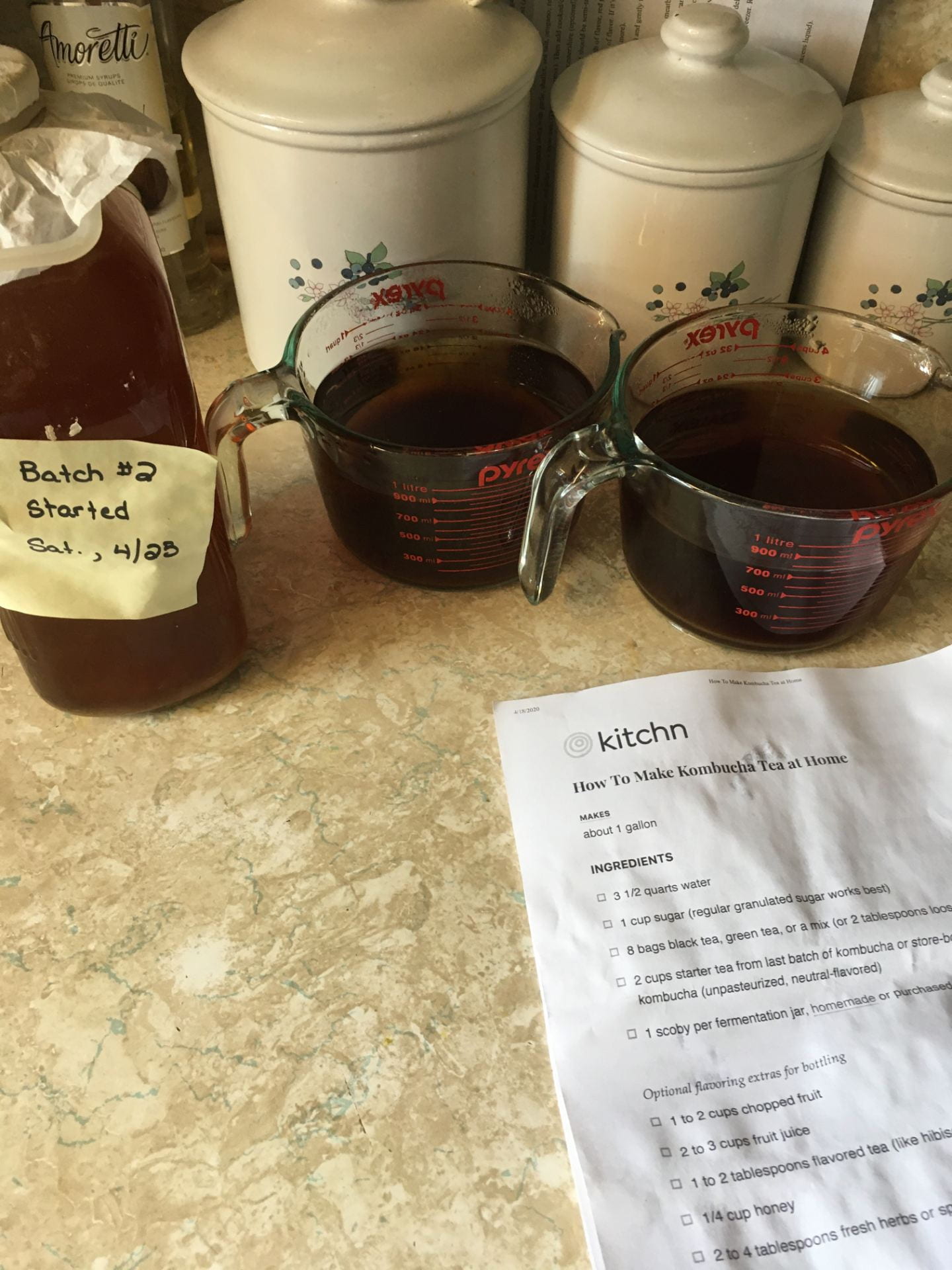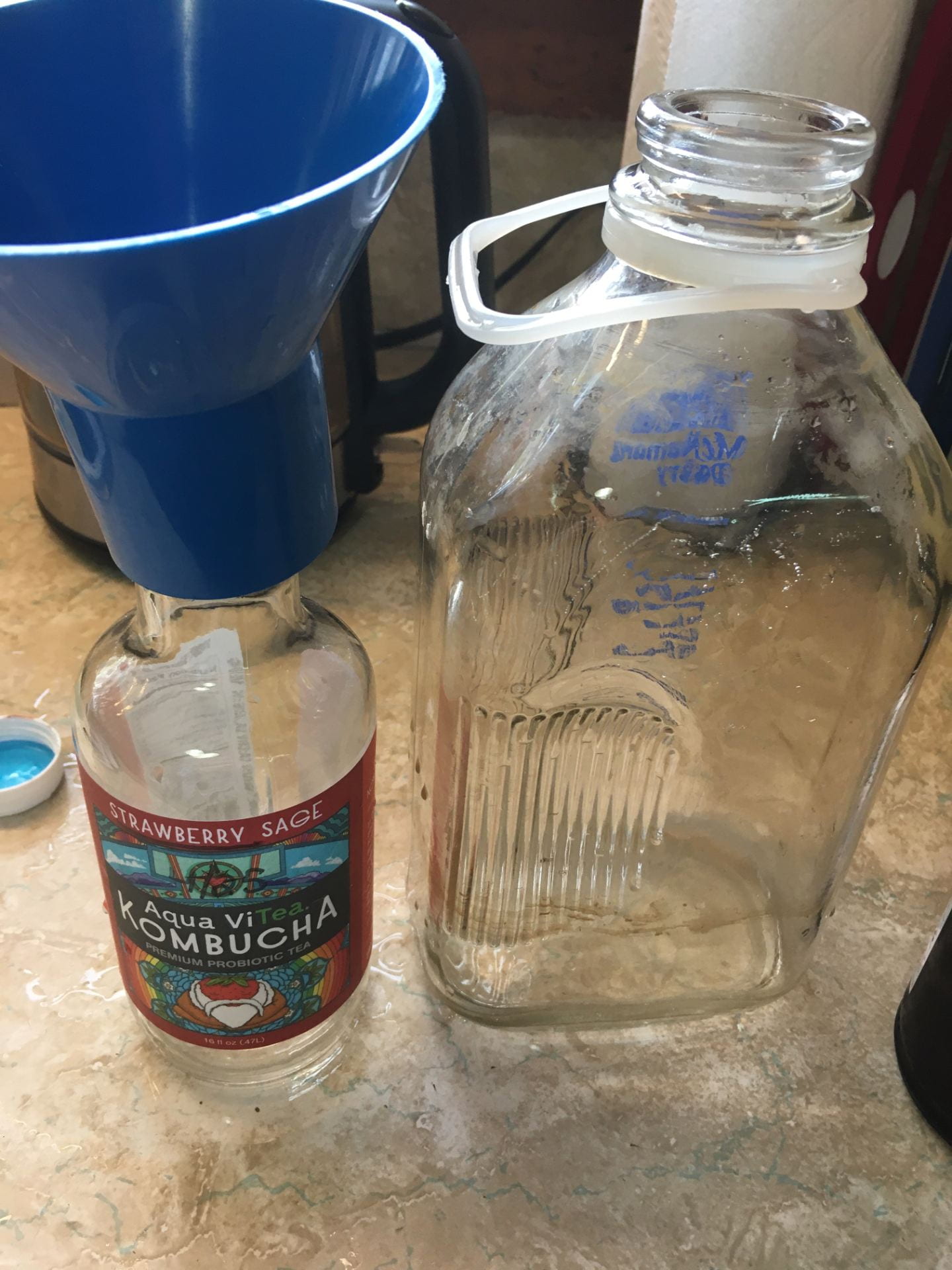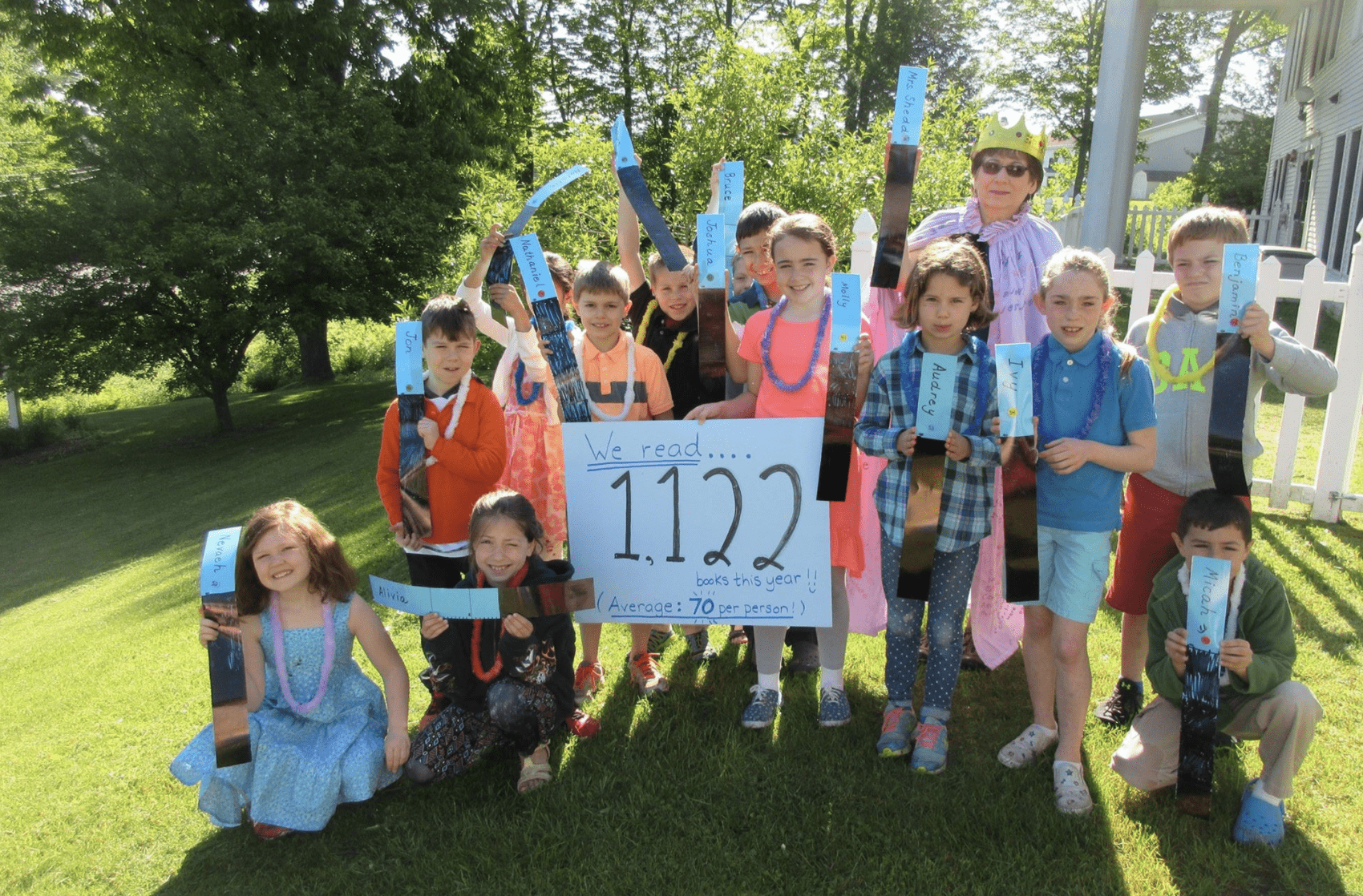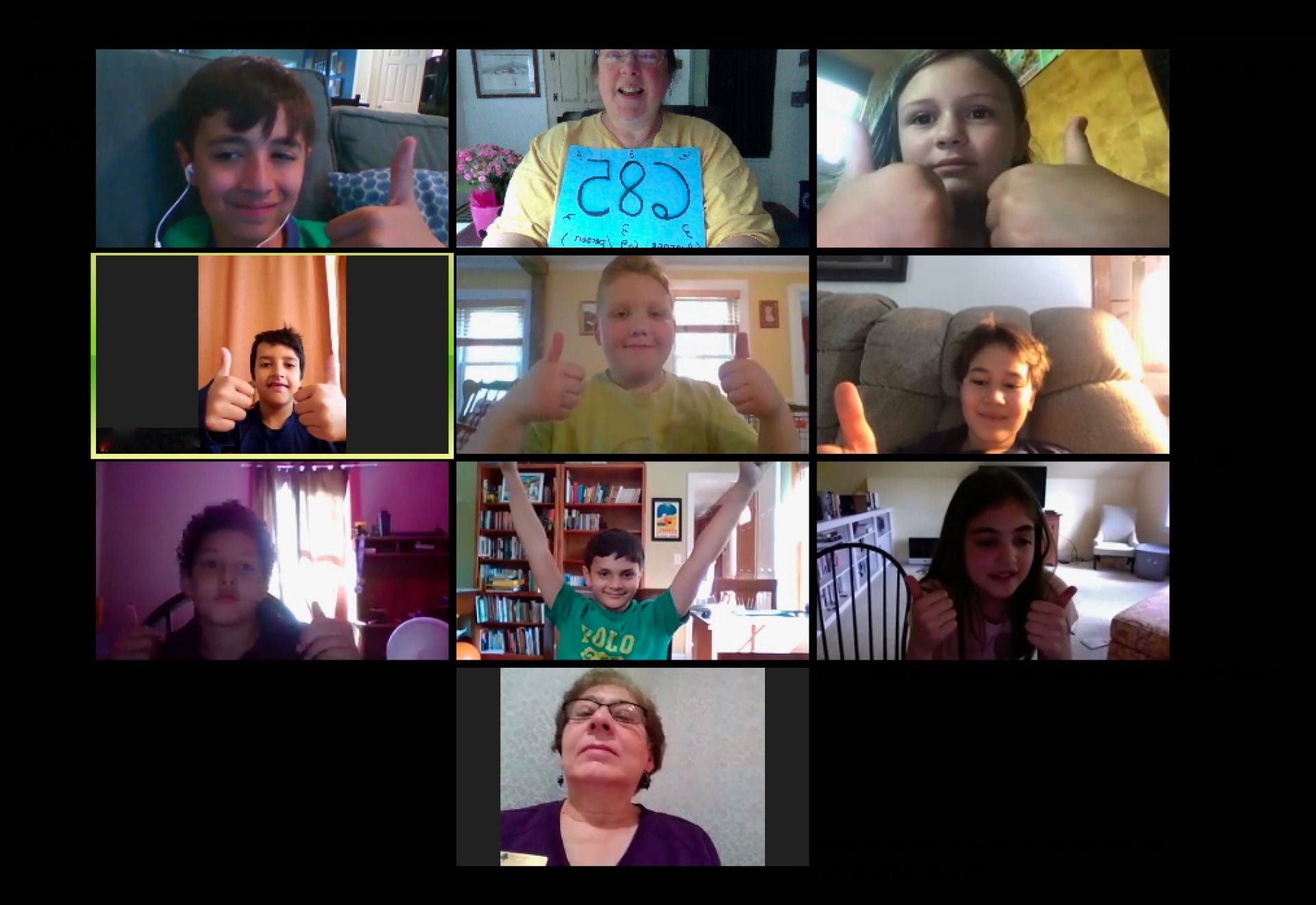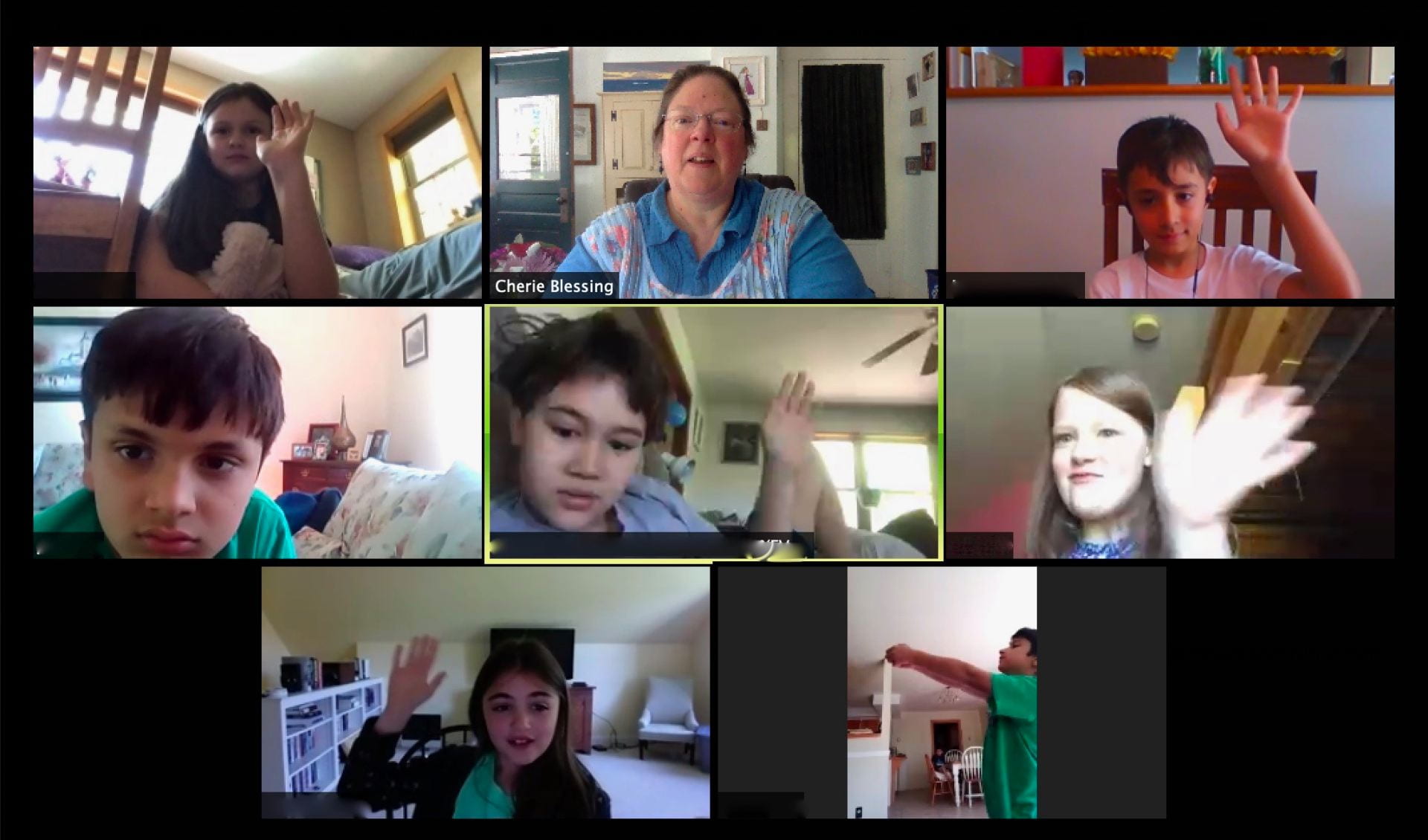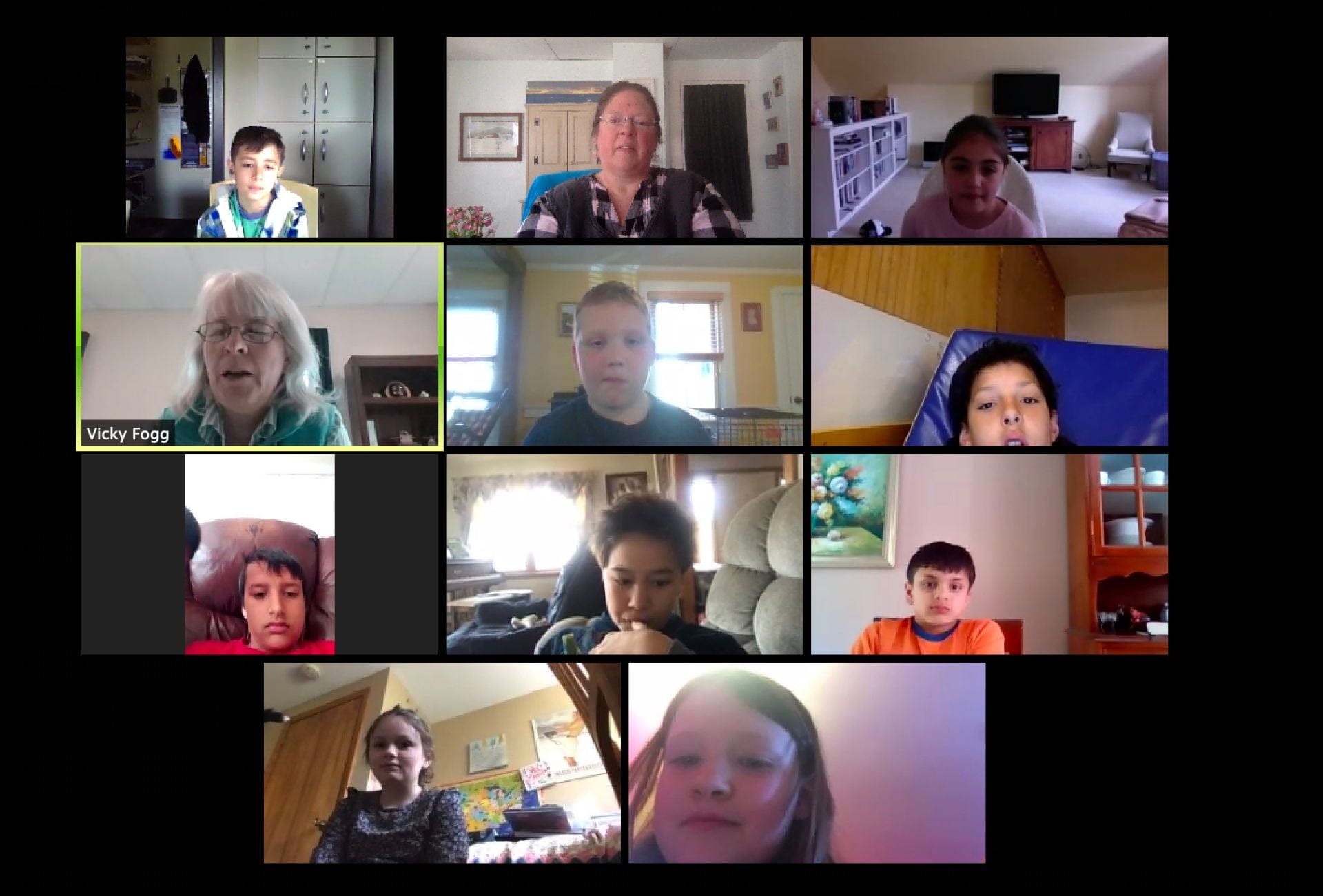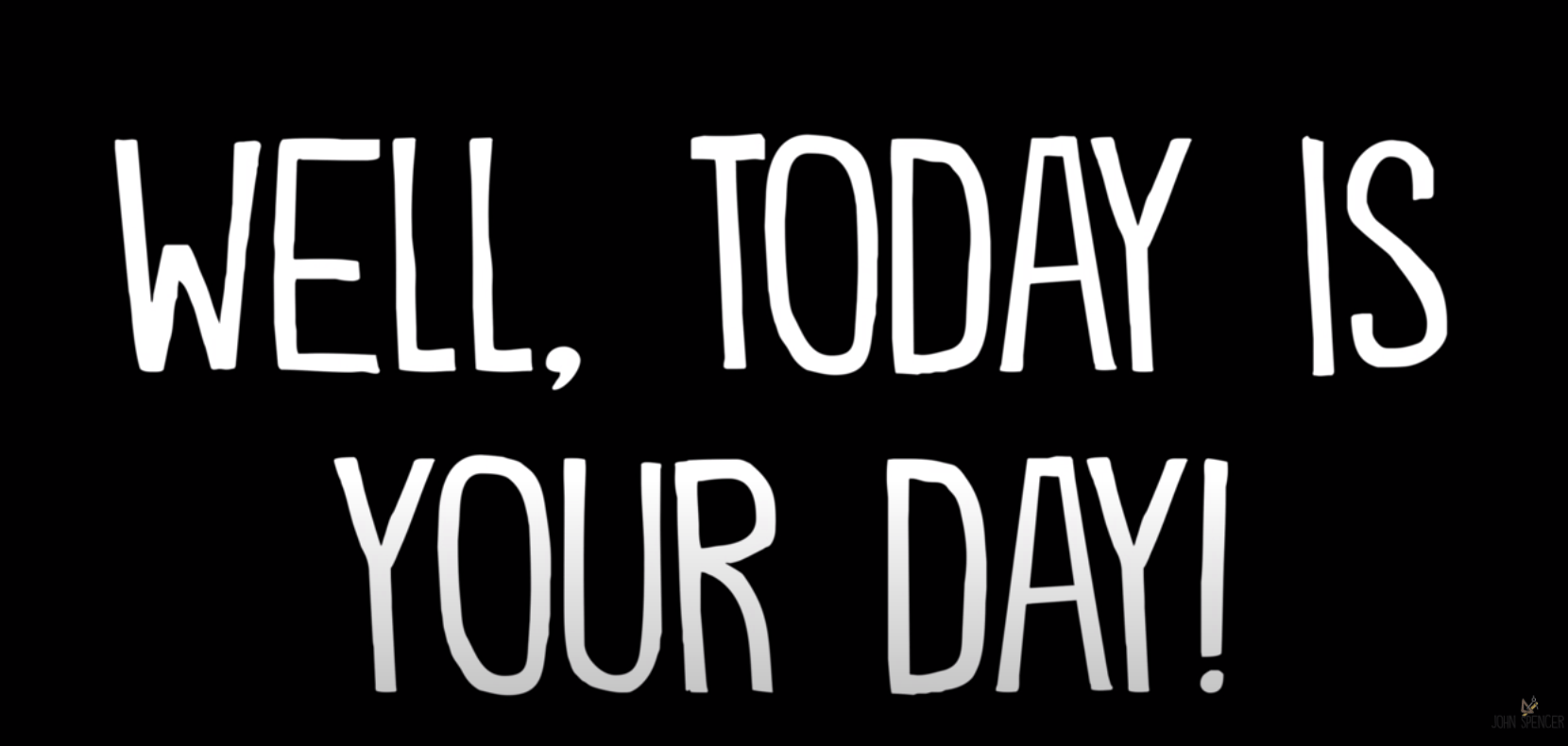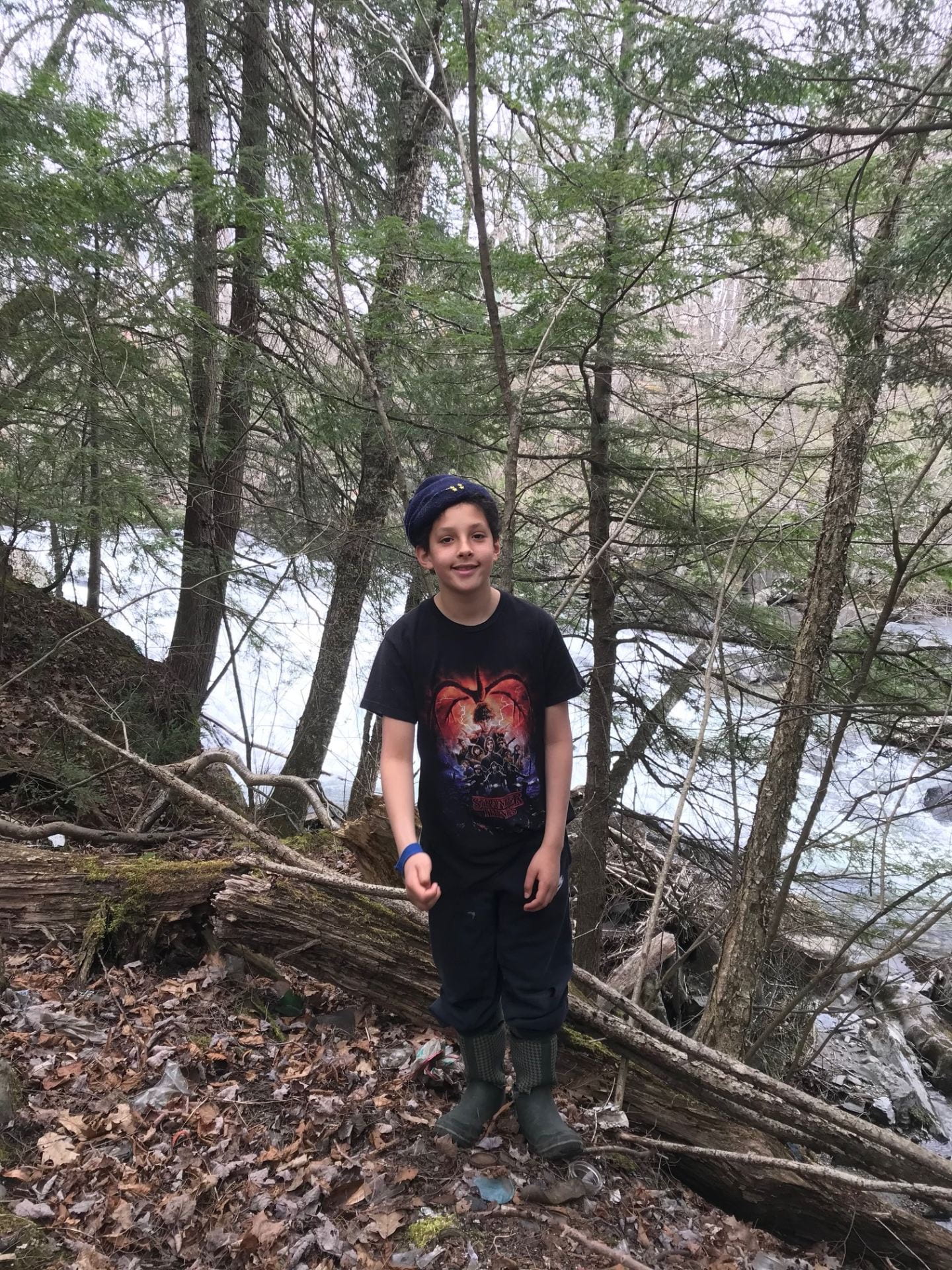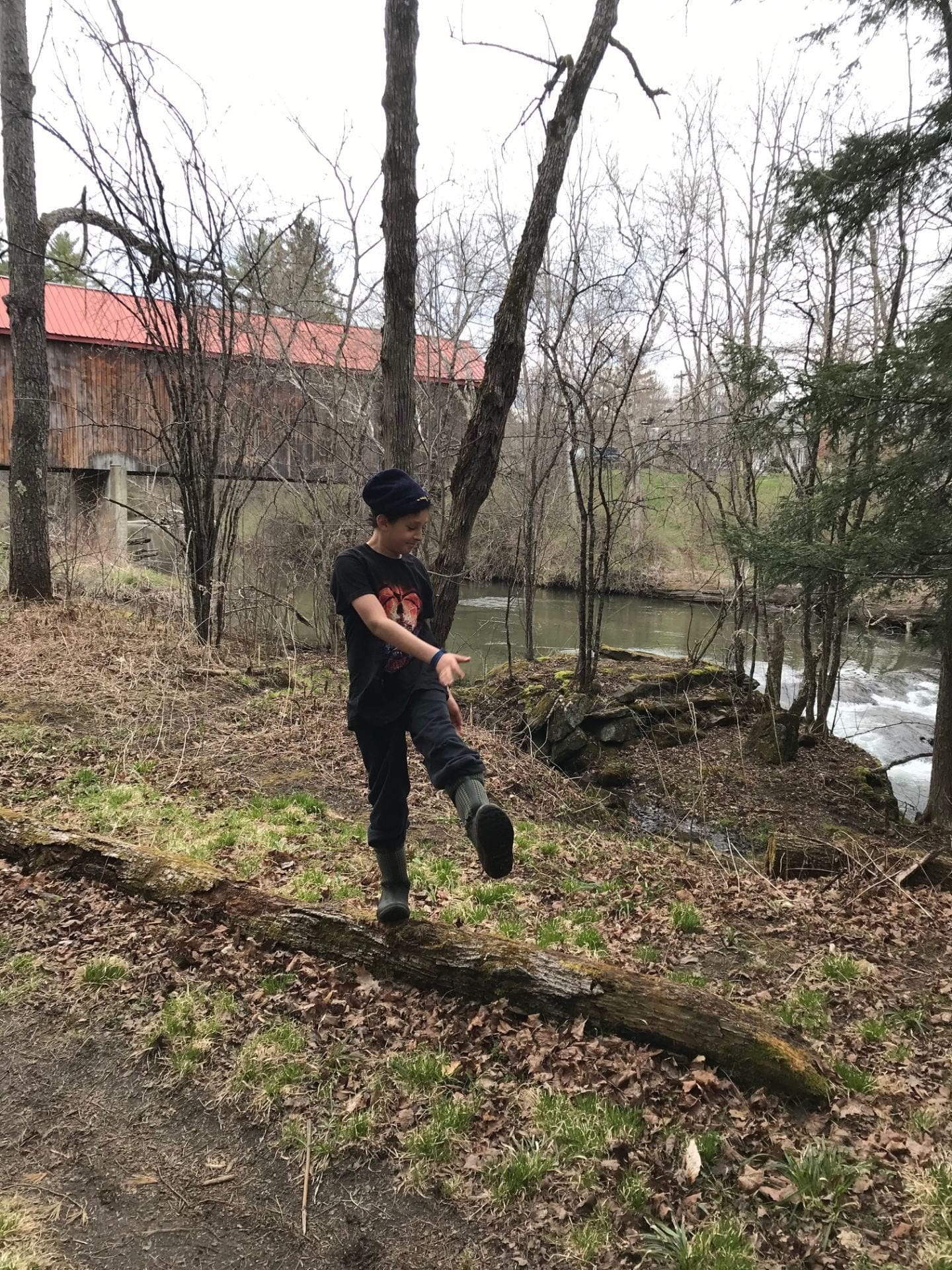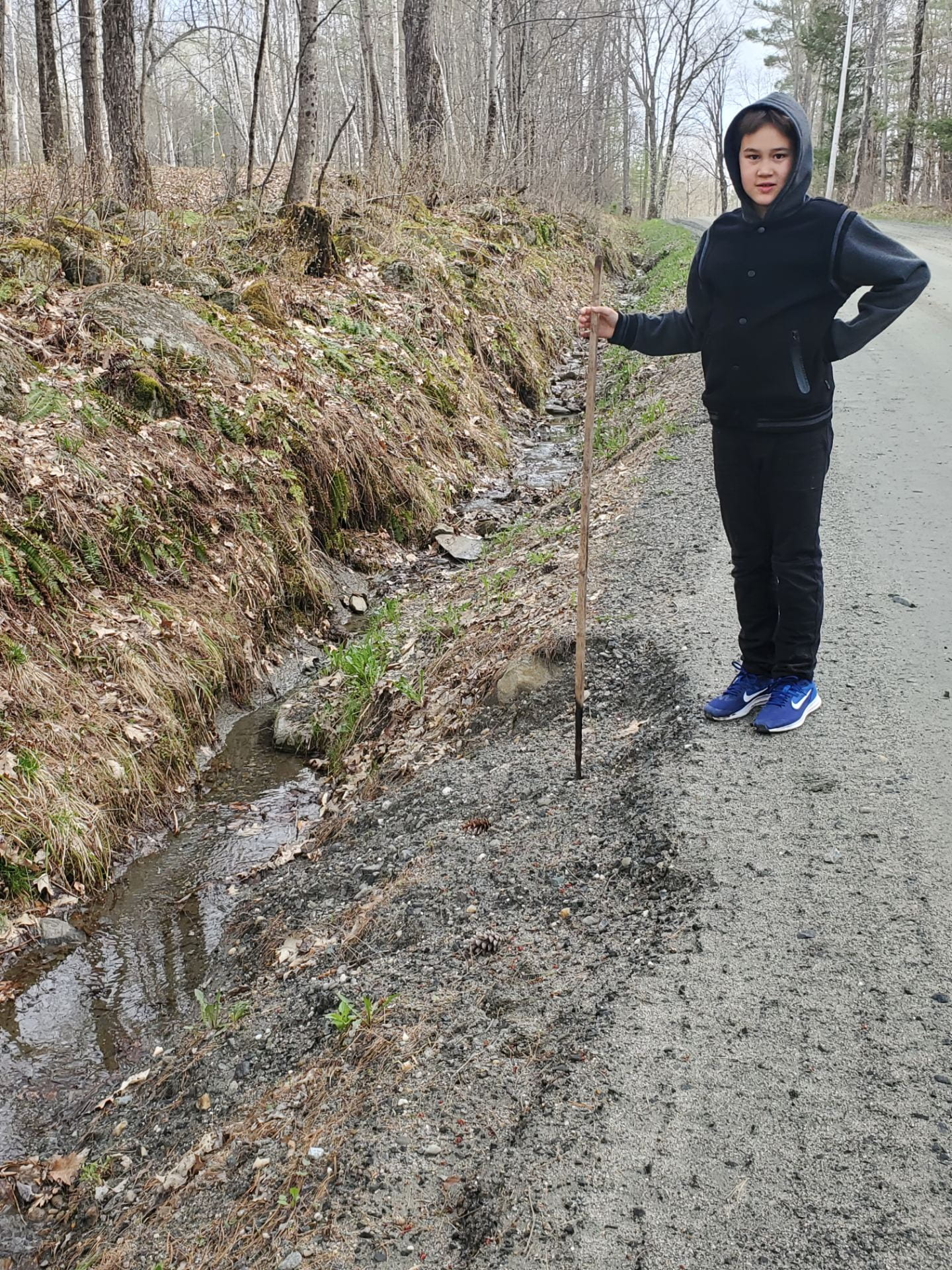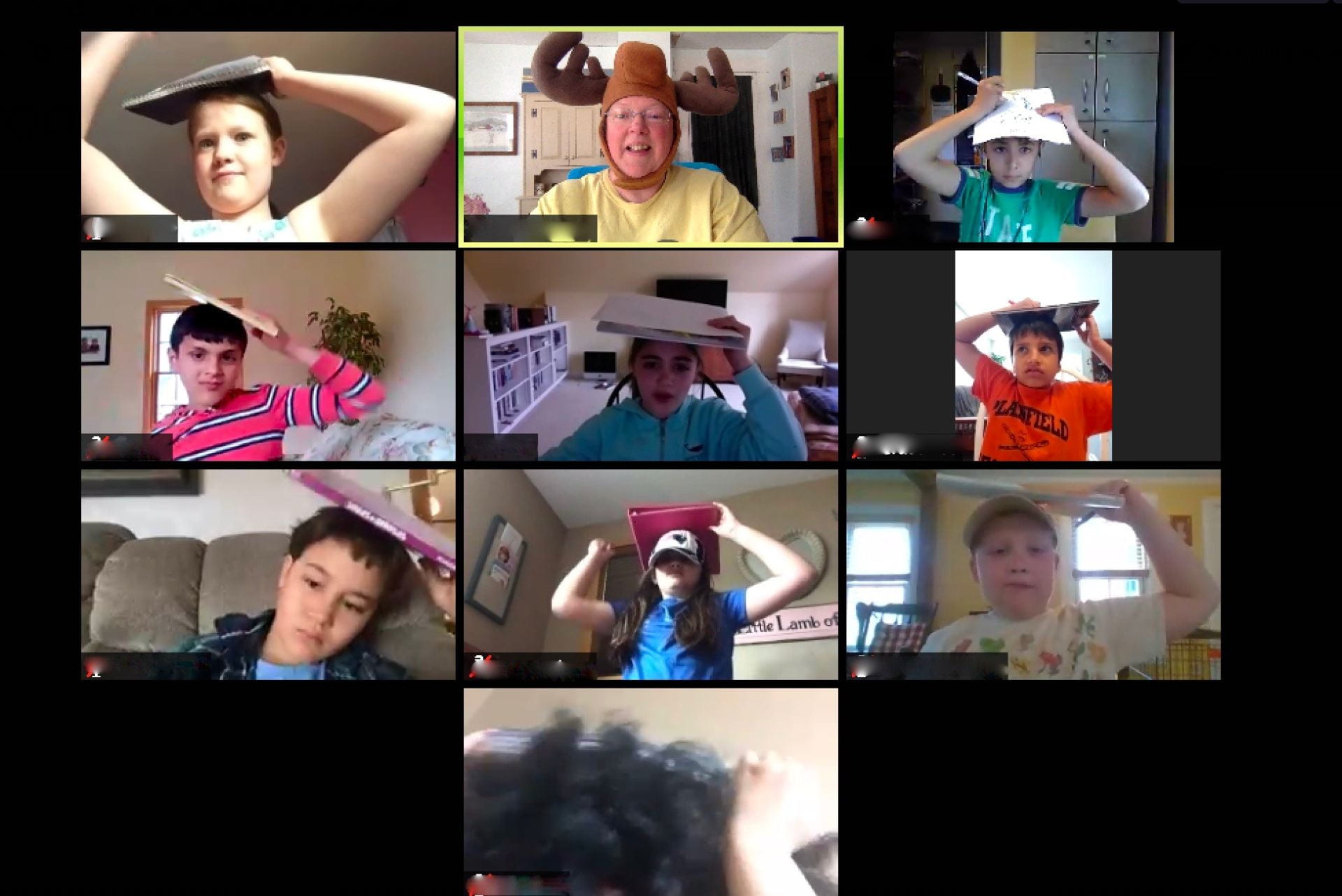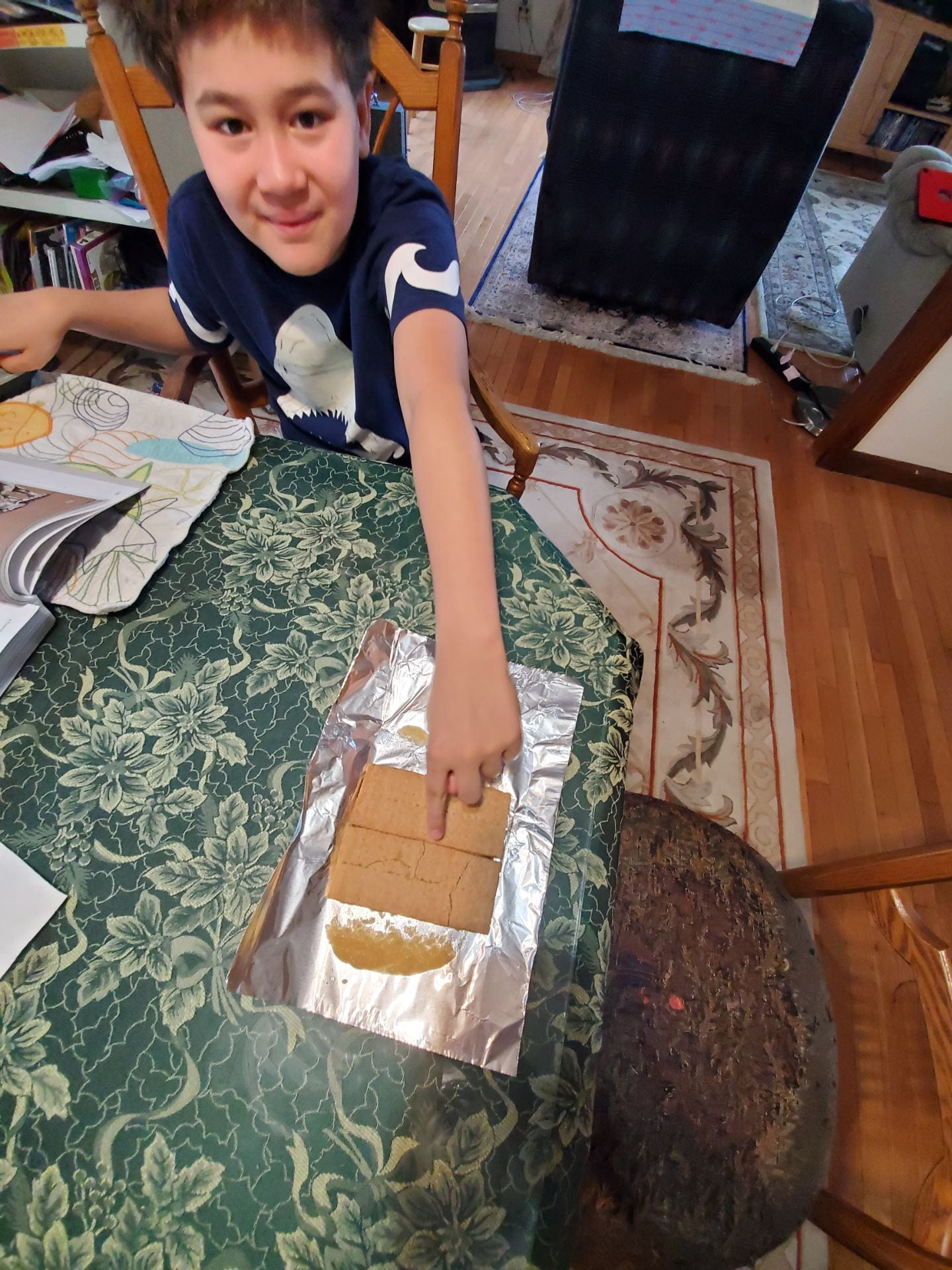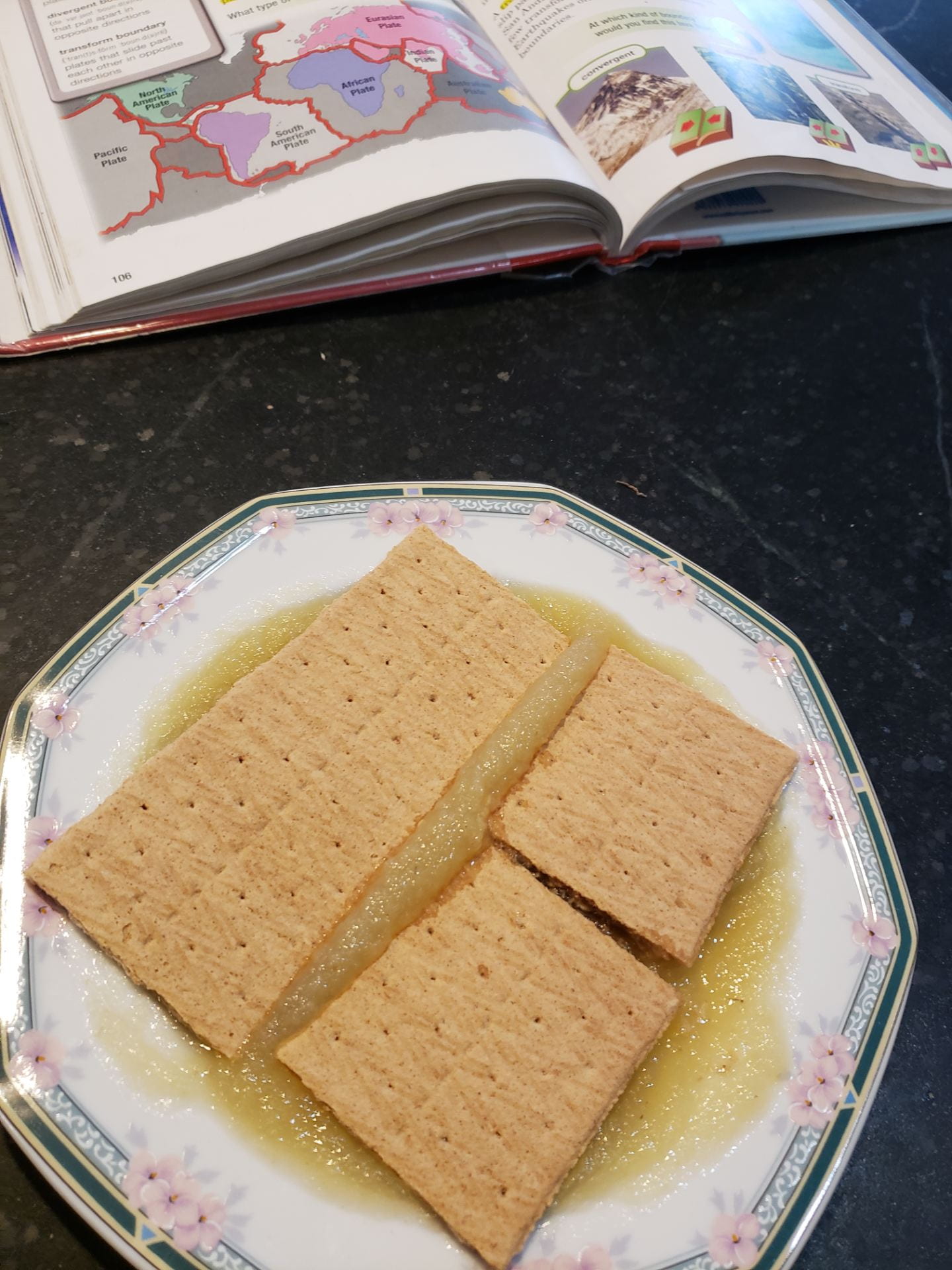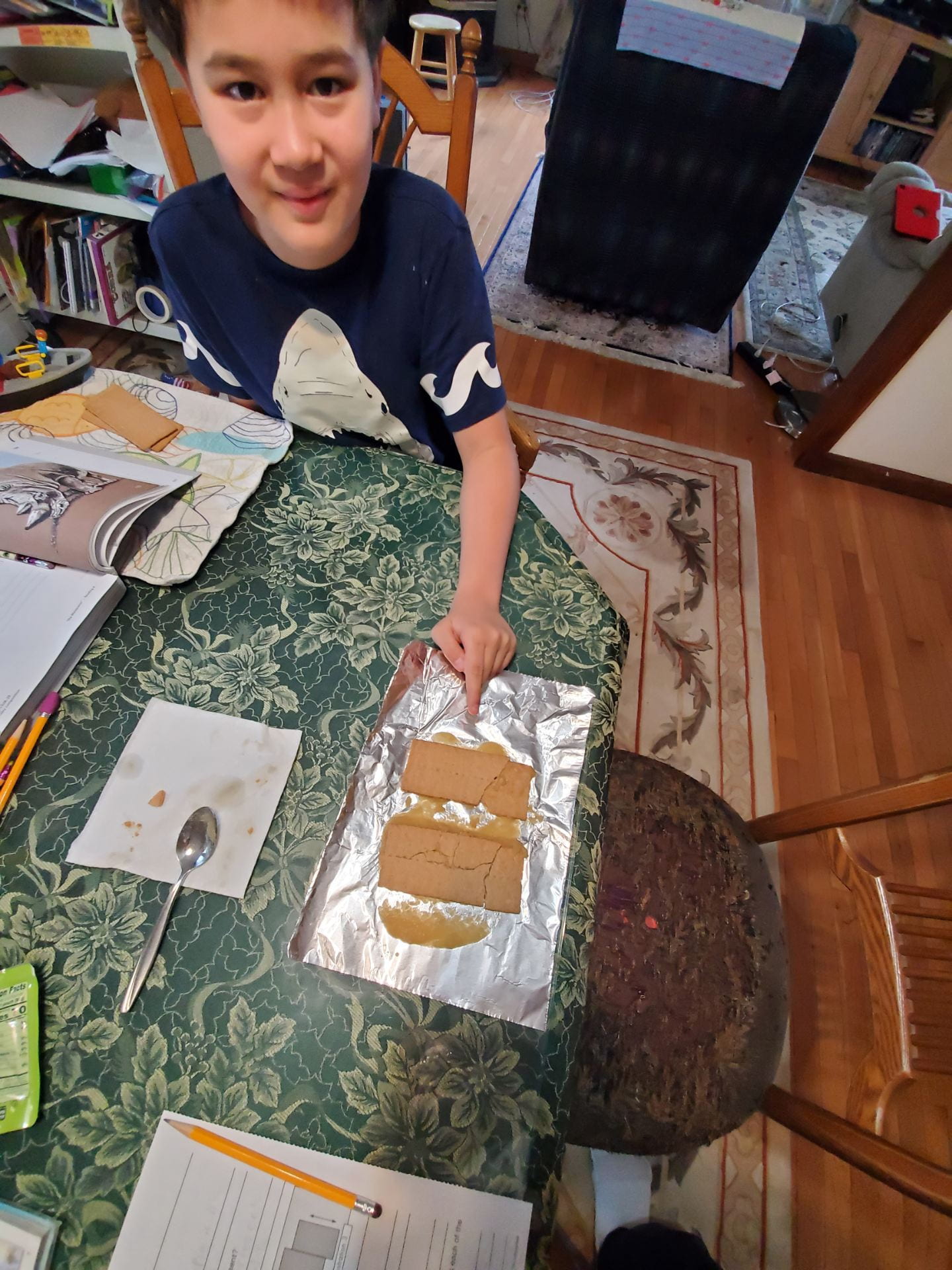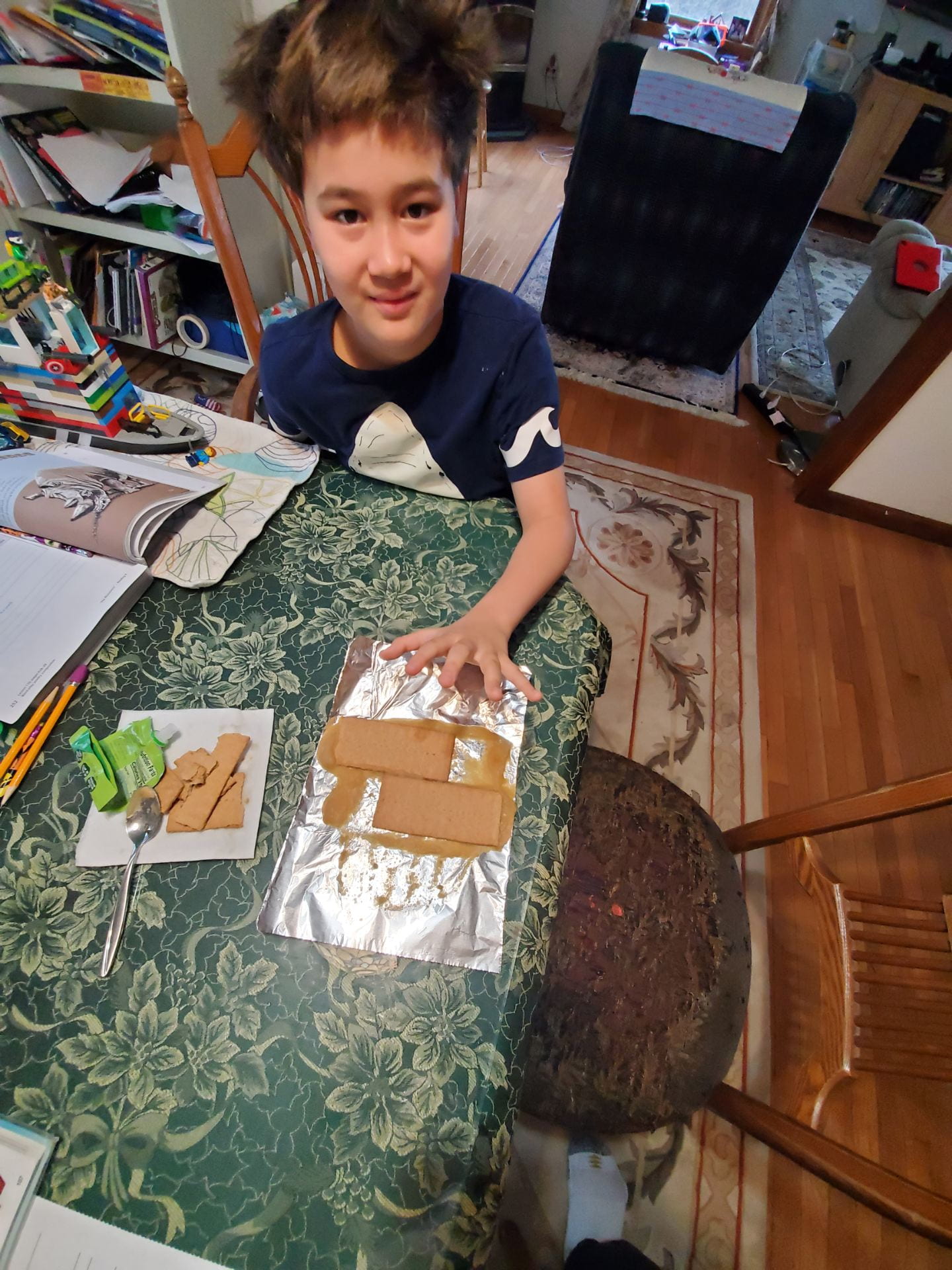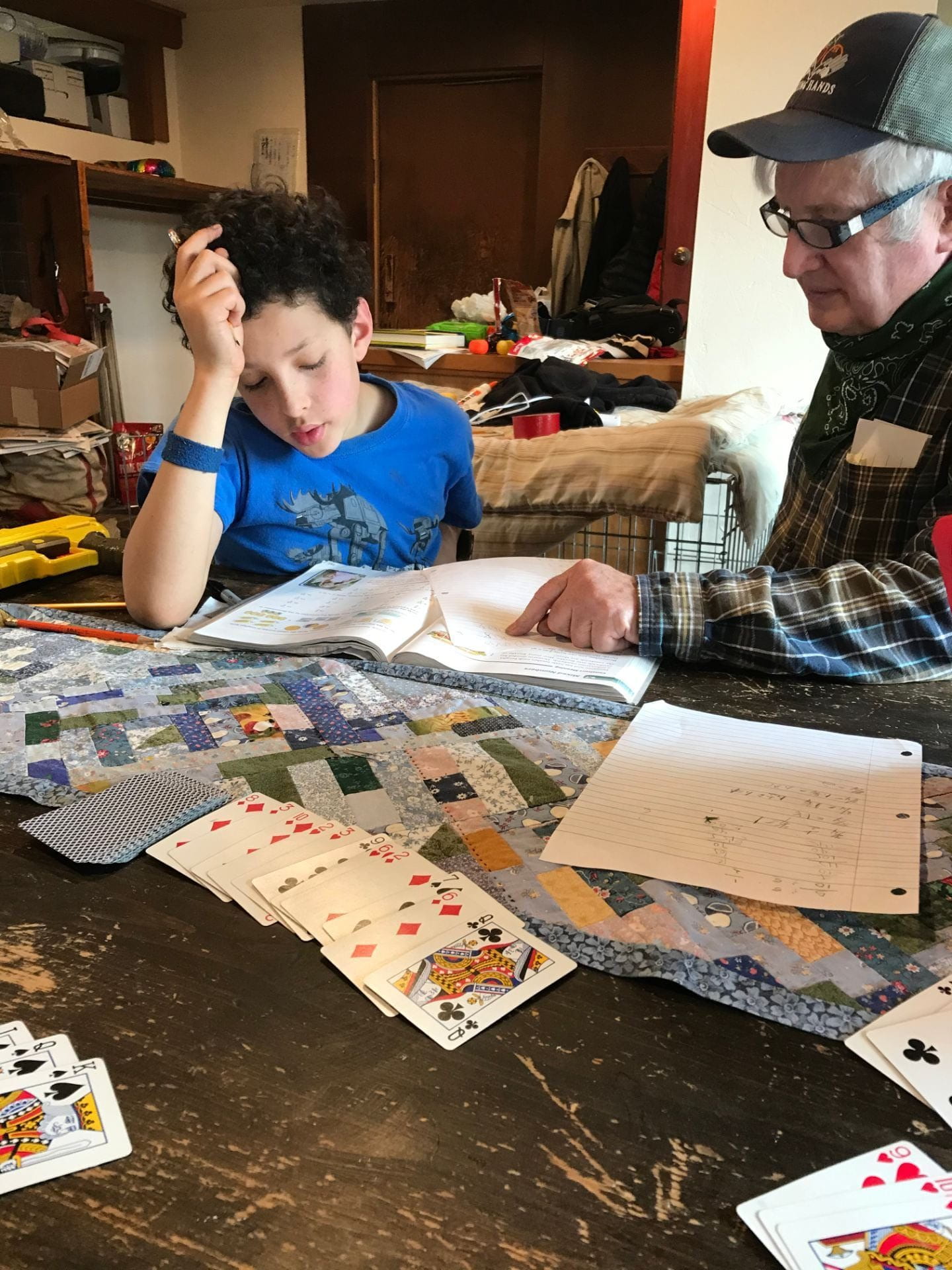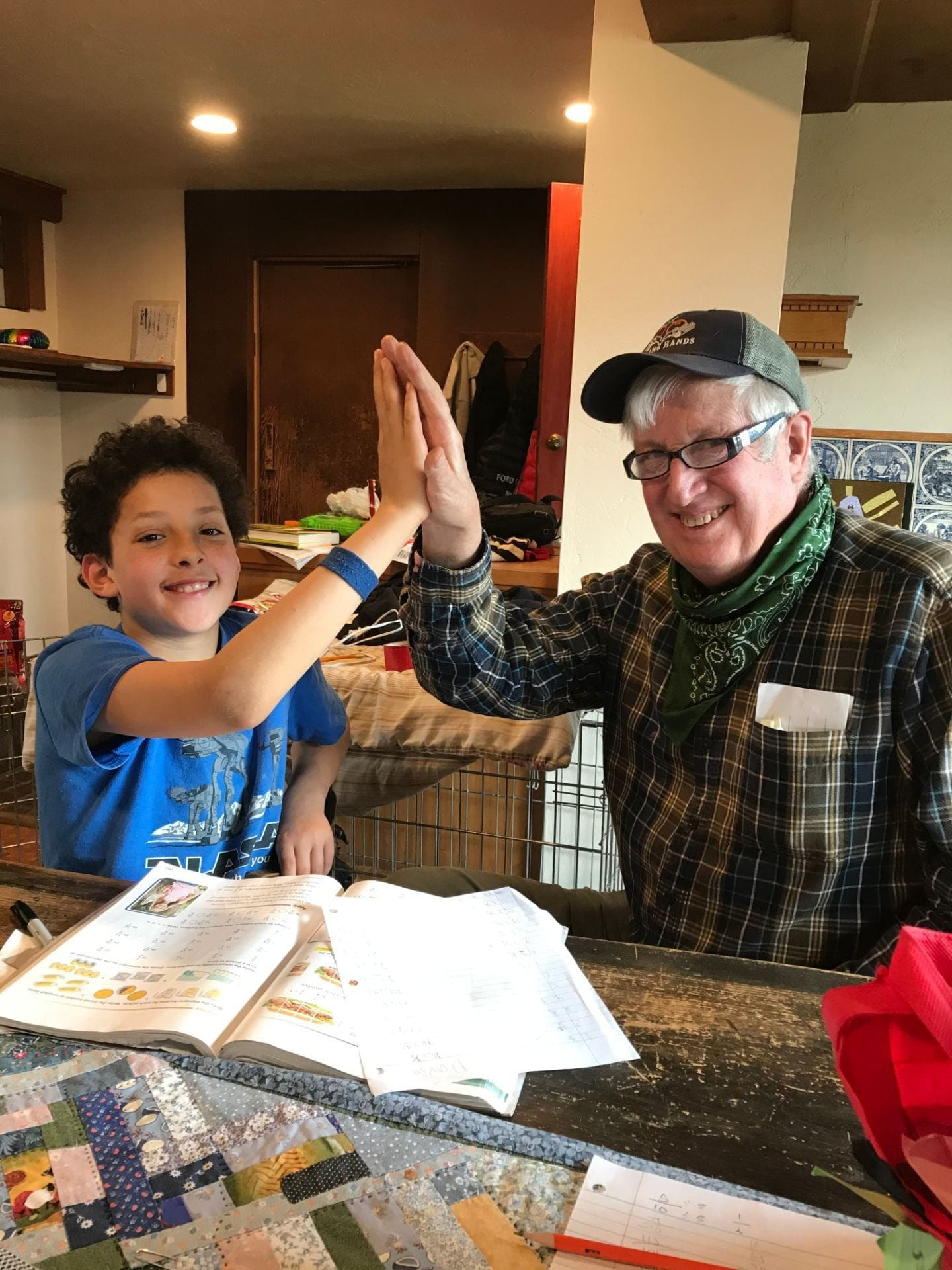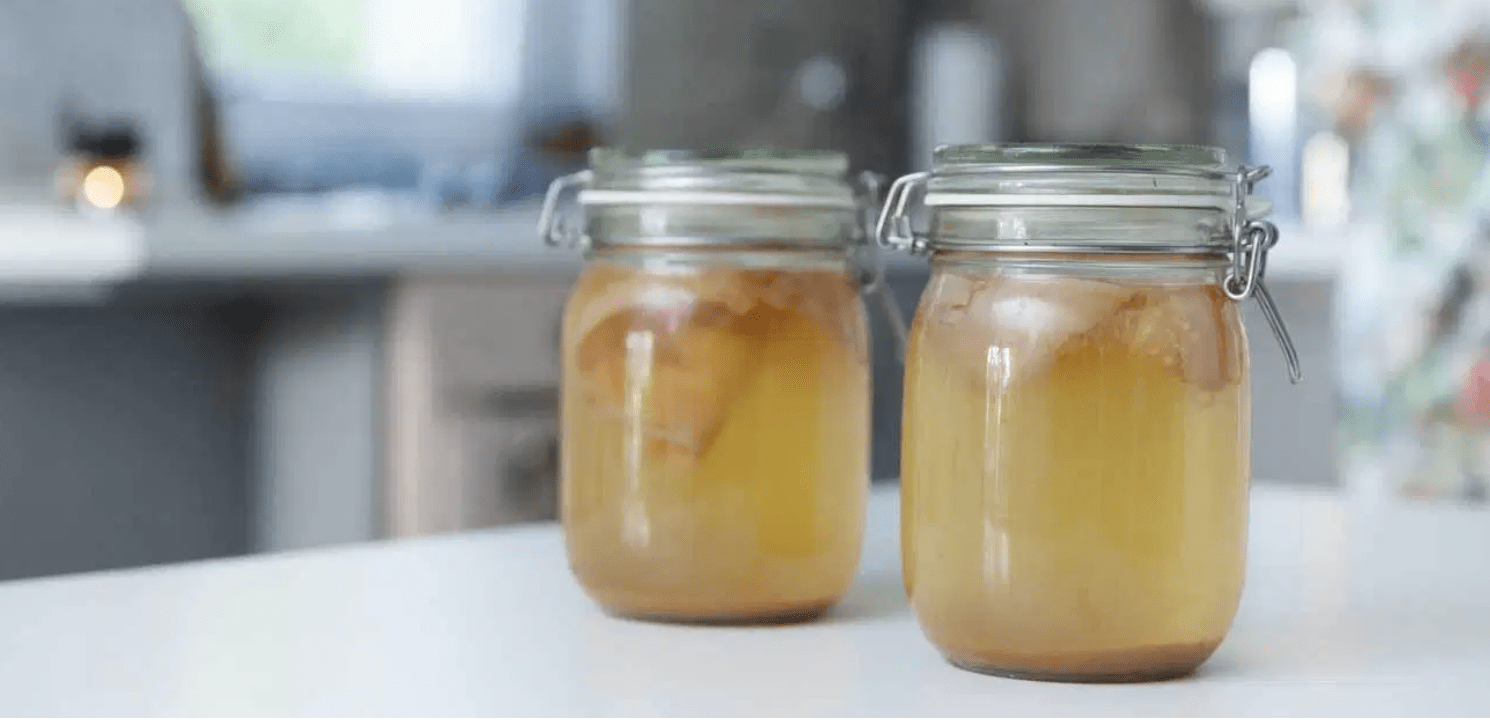
Well, cooking is not my thing, but science is, so when I was making my goals for this stay-at-home time, learning to make kombucha tea was my “out there” goal.
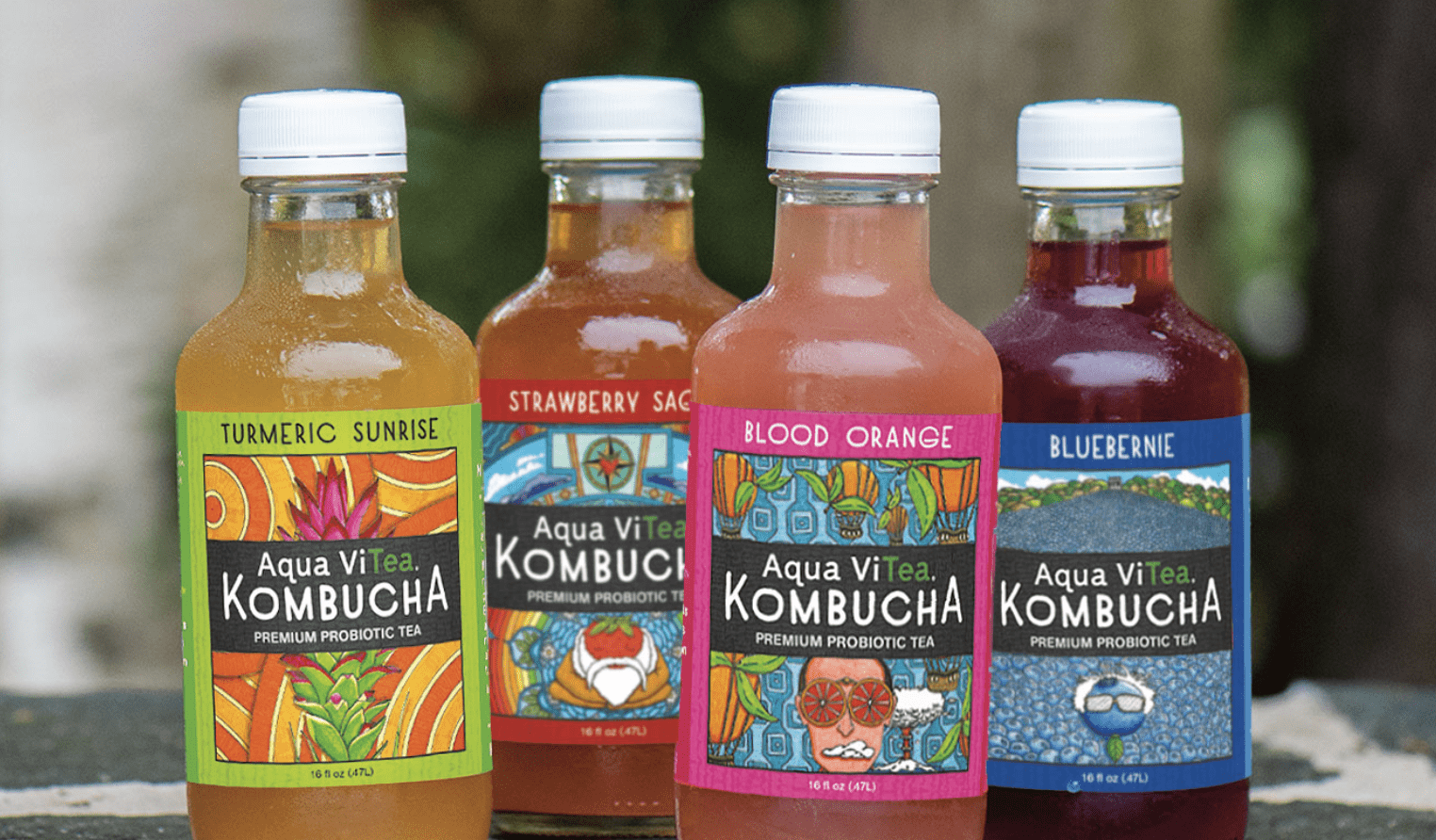
I have started drinking kombucha as part of my healthy choices, but it is so expensive! So I began investigating my Wonder project with figuring out the cost difference if I learned to make this myself. (Math is everywhere! Where have you heard that before, kids? Ha ha.)
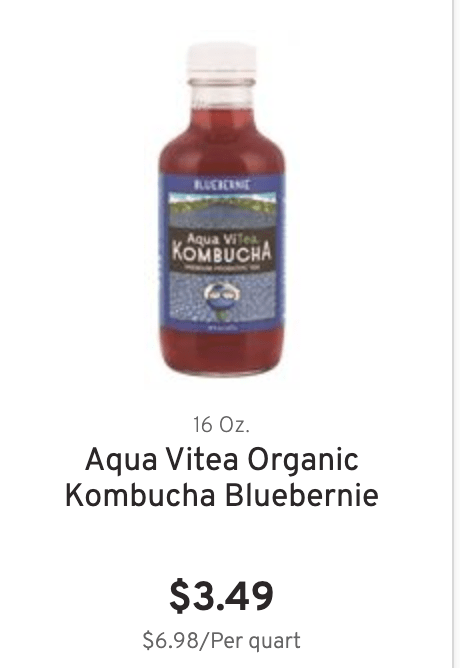
So this is the kind of kombucha that is my favorite, and 16 ounces is two servings, so about $1.75 a serving. To make homemade, you mainly only need tea, water, and sugar, plus some flavorings you add later, which can be as simple as a little ginger and honey.
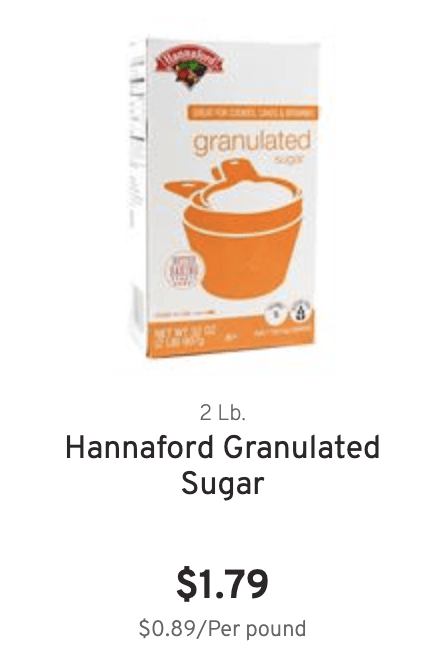
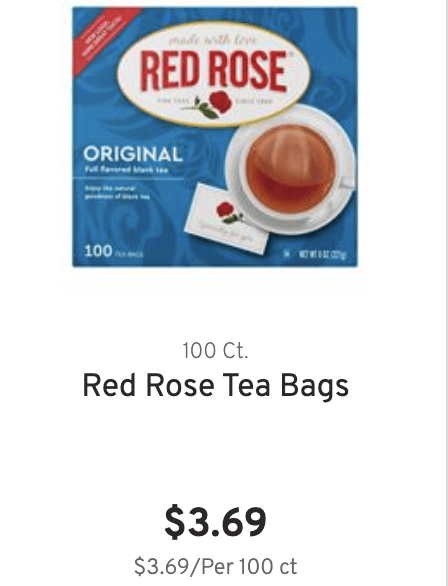
So there are 96 teaspoons in one pound of sugar, and it takes 24 teaspoons for one batch (half a cup). That comes to 22 cents per batch for sugar. It takes 4 teabags per batch, so that is 15 cents per batch for tea. So each batch costs about 36 cents, plus a little bit for a couple of strawberries or blueberries. So let’s say about a dollar a batch, which makes 8 servings. So instead of $1.75 a serving, homemade would only cost about $0.13 a serving. That is a big savings!
Kombucha is a tea that people have been drinking for thousands of years. It has healthy probiotics and antioxidants, and it is supposed to help prevent many different health problems. You put some specific strains of bacteria, yeast, and sugar in with black tea and then allow it to ferment. It creates this blob of good bacteria and yeast called a SCOBY, which looks pretty gross and has been hard for me to get used to actually! Our classroom worms are nothing compared to looking at this stuff!
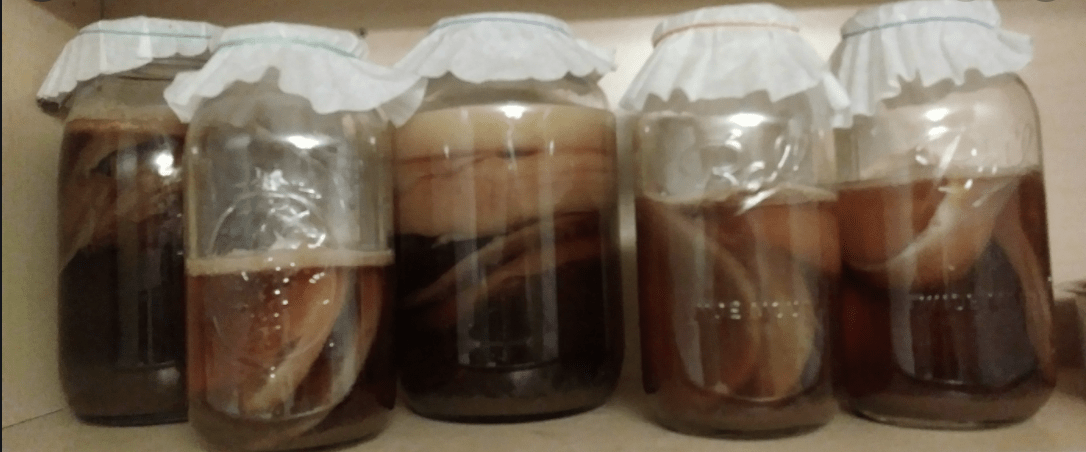
After the right amount of time, you take some of the tea and bottle it with added things like some strawberries or blueberries. You keep the SCOBY and some of each batch to start the next batch. You let the bottles ferment a bit longer with the fruit in them, which makes some acids that make it carbonated. Then you drink it, and it is healthy, fizzy tea.
So here I am on my second batch. It came out pretty well for my first try, but I confess to you that I did have my sister act as my cupbearer like the ancient kings used to do. She has made it before, so I know she would know if it smelled right. It did. It was good. I tried strawberry this time, and next time I’m going to try apple cinnamon. I’ll let you know how it’s going as I learn more along the way. Oh, the great adventure of learning, SCOBY and all!
